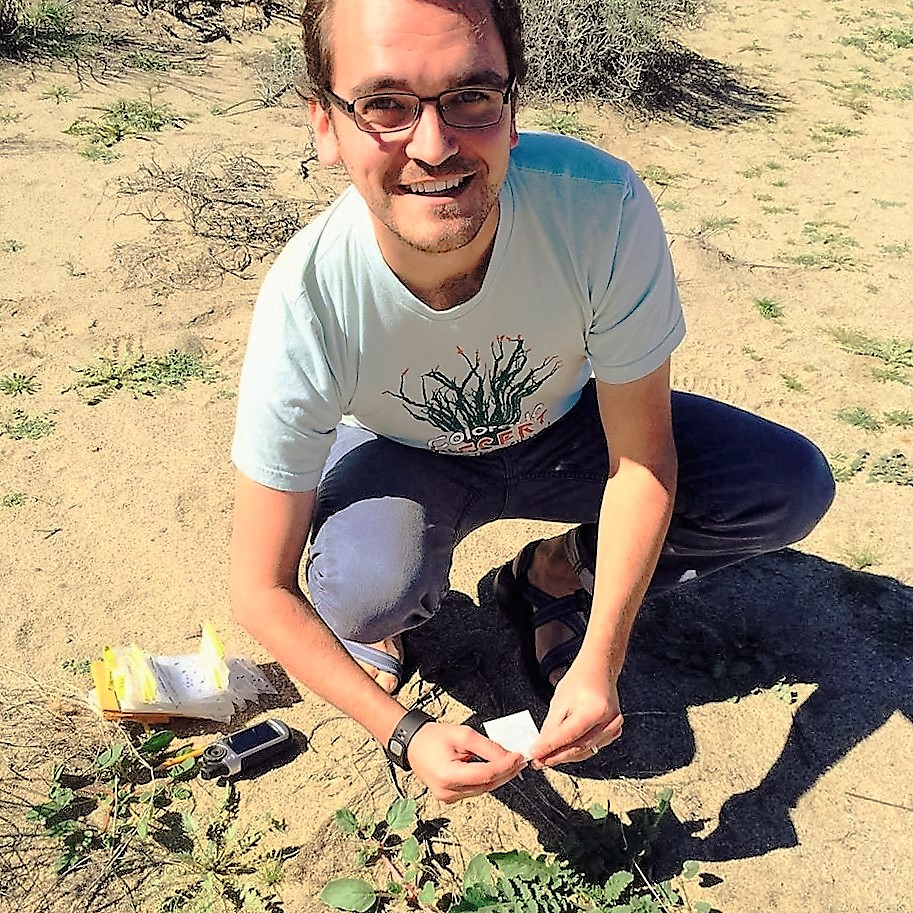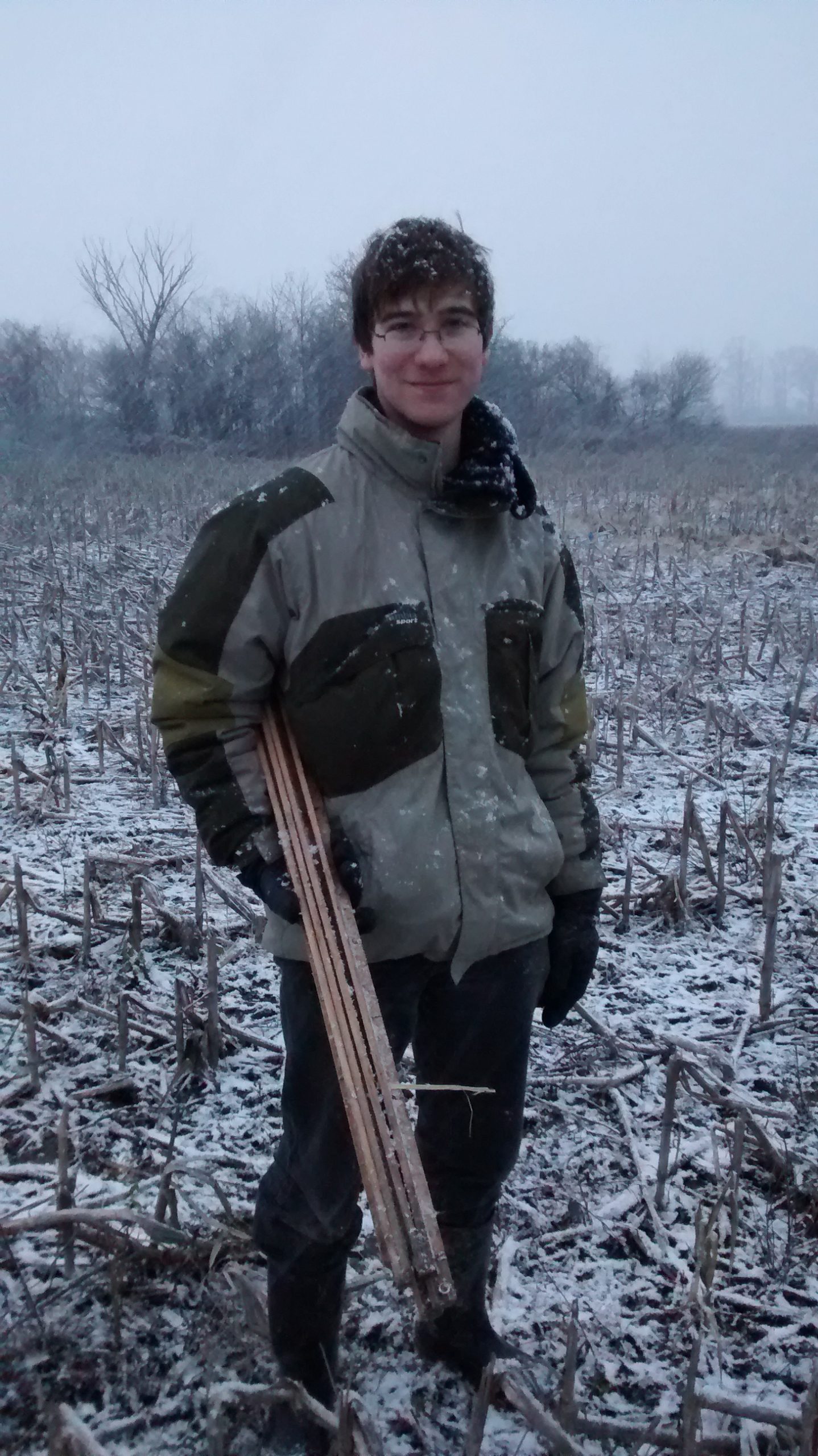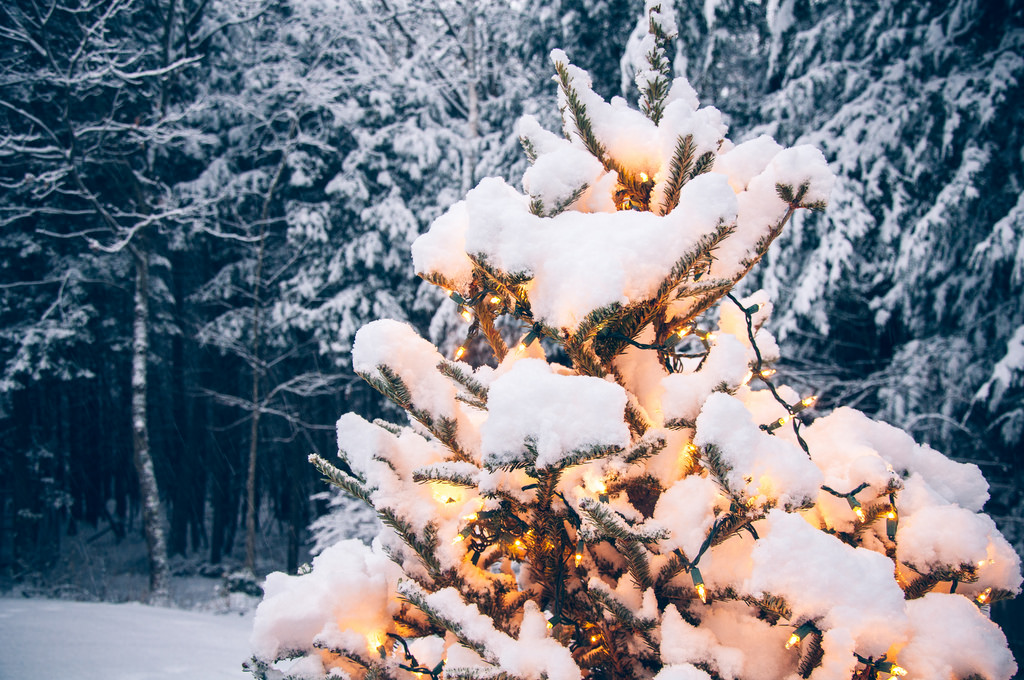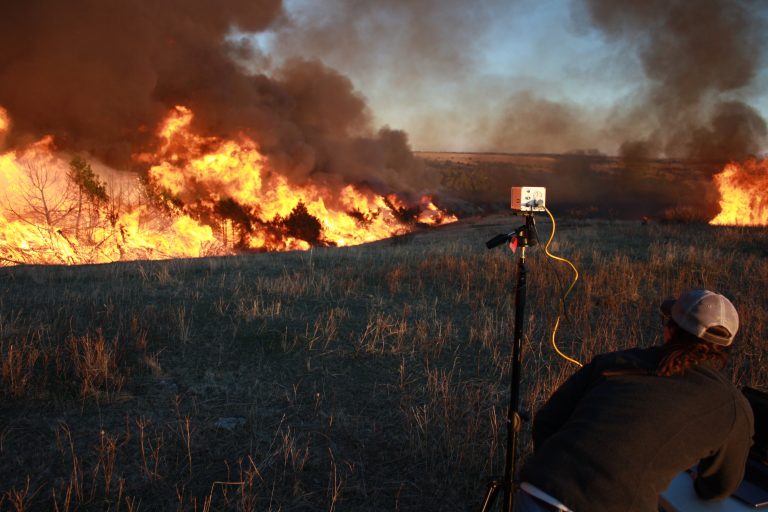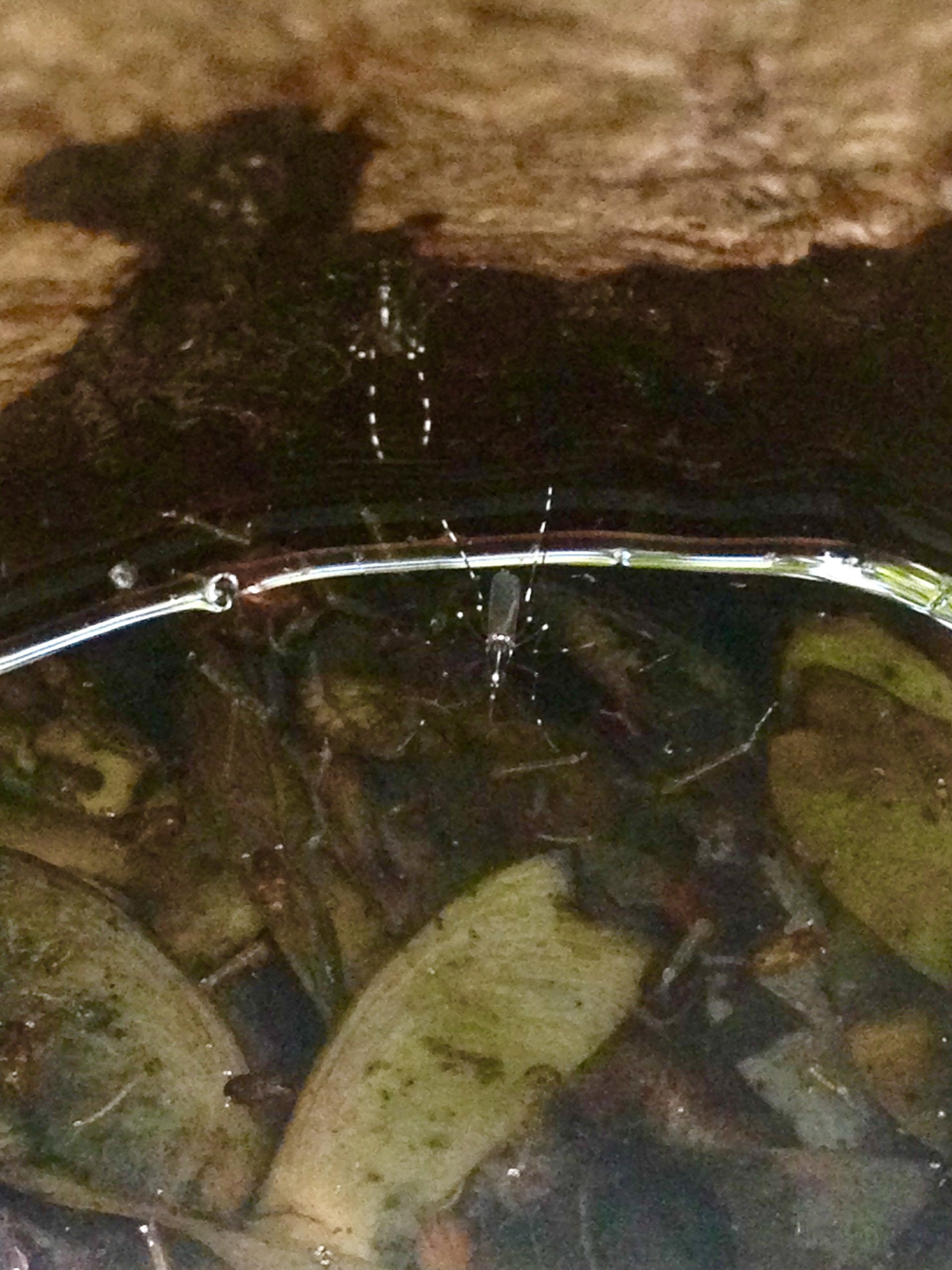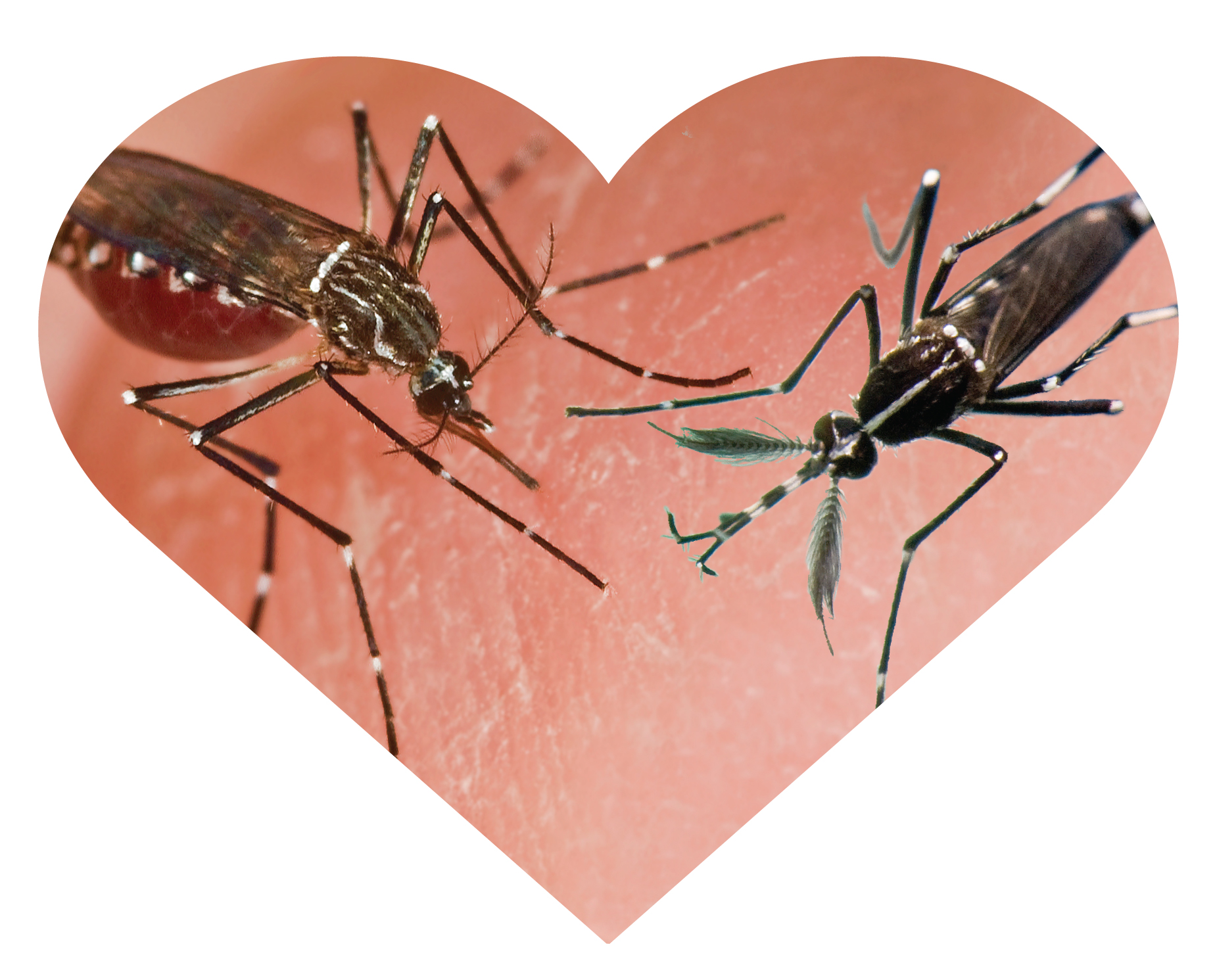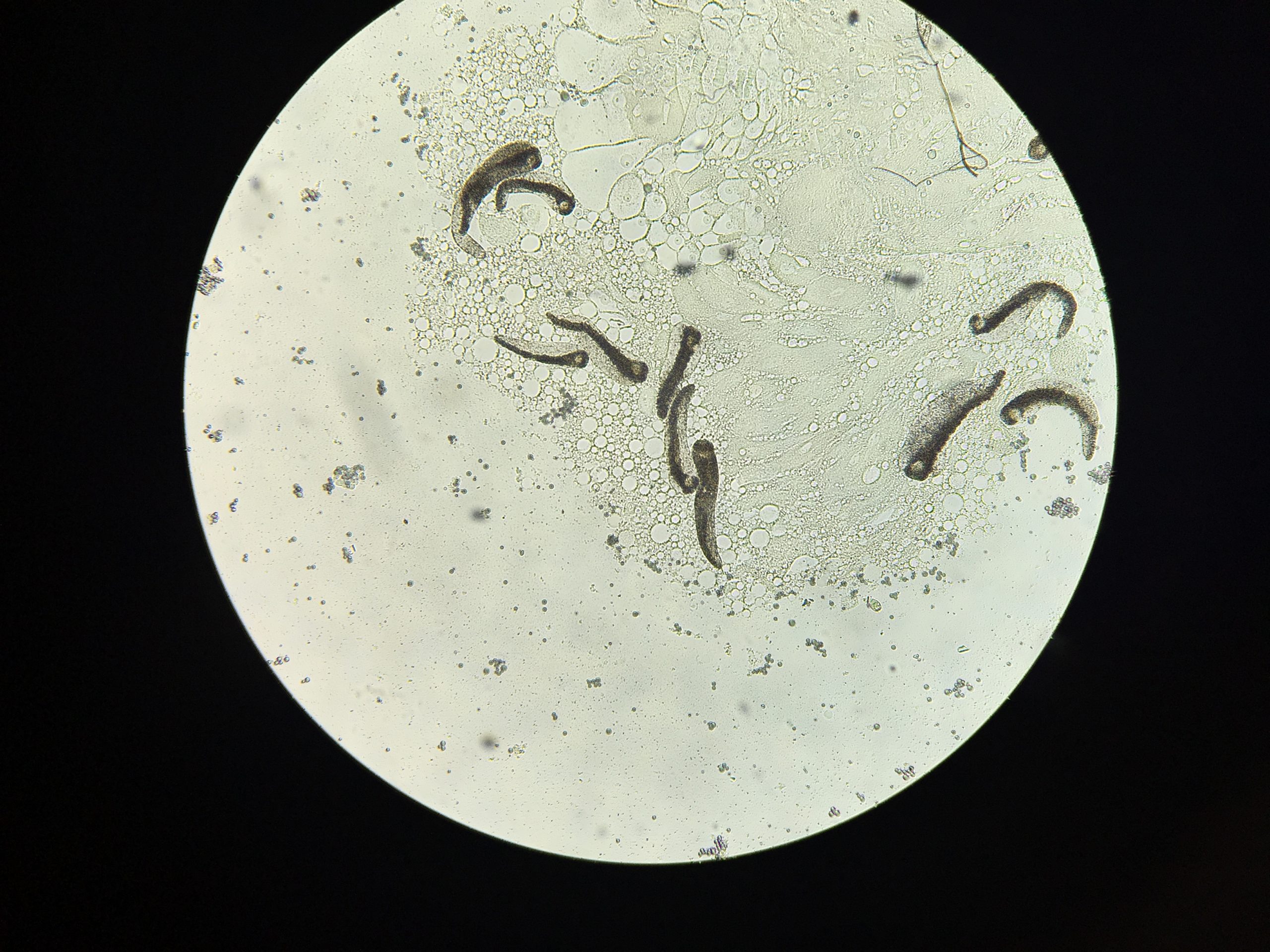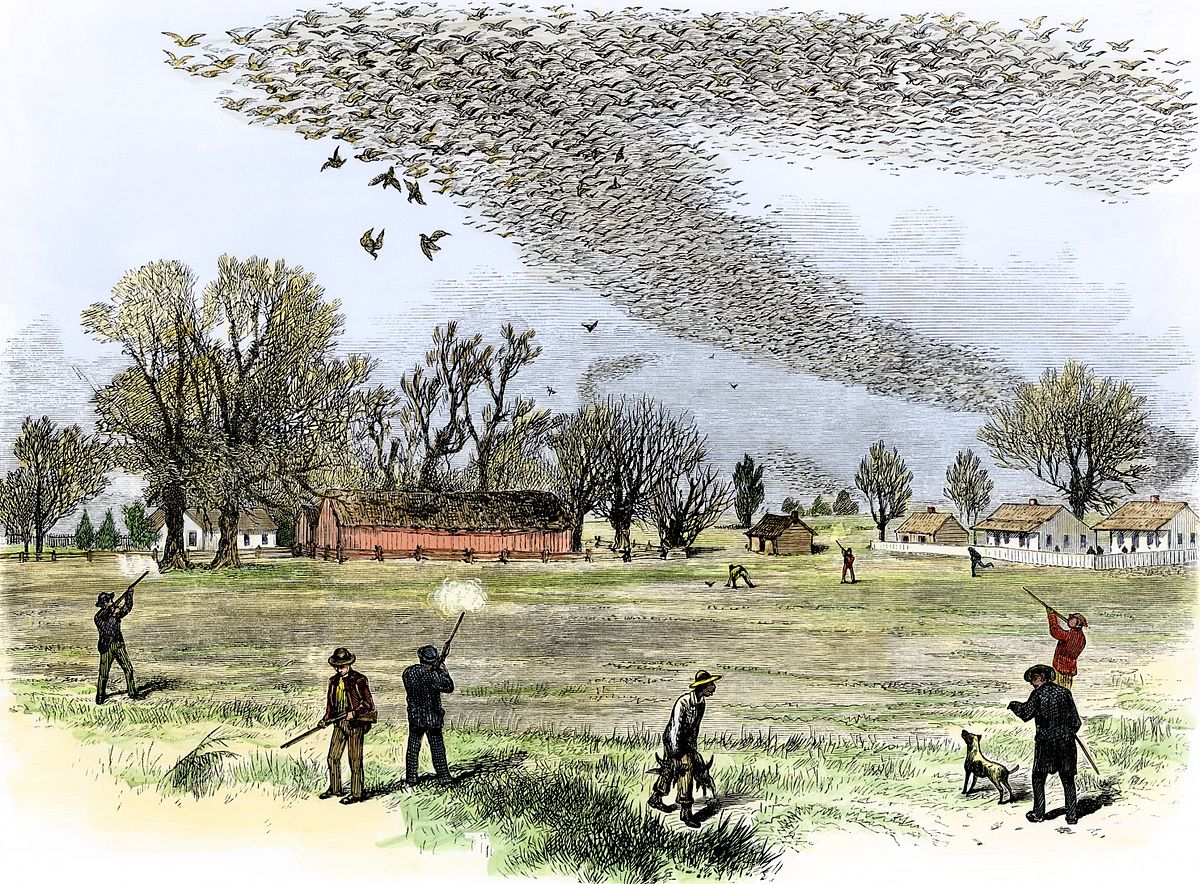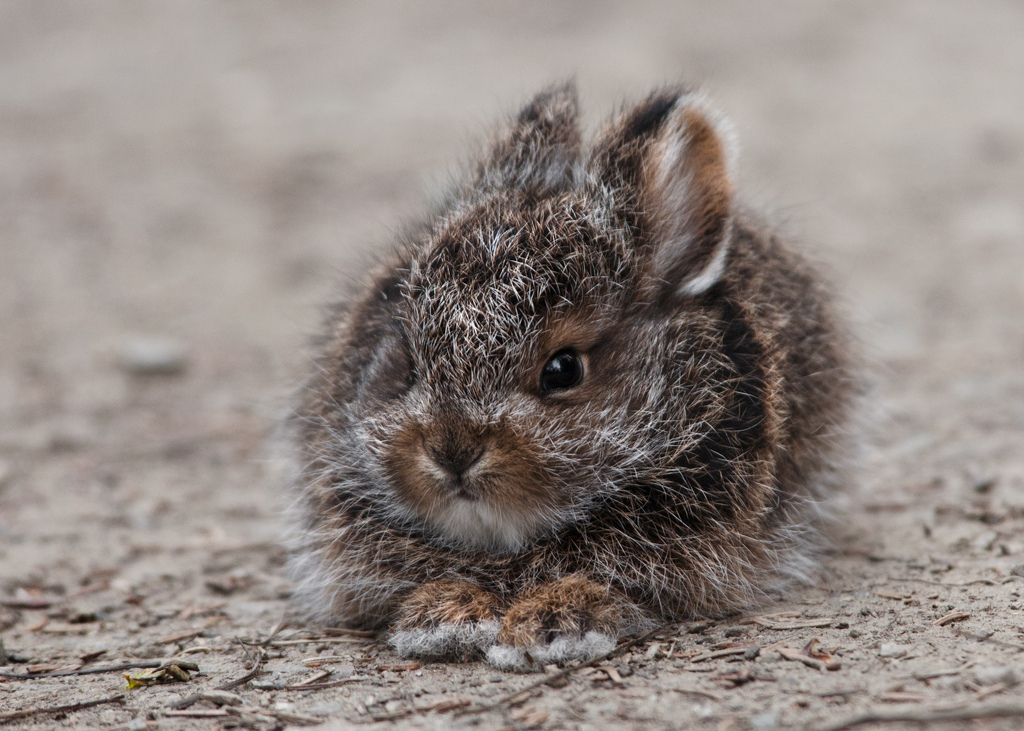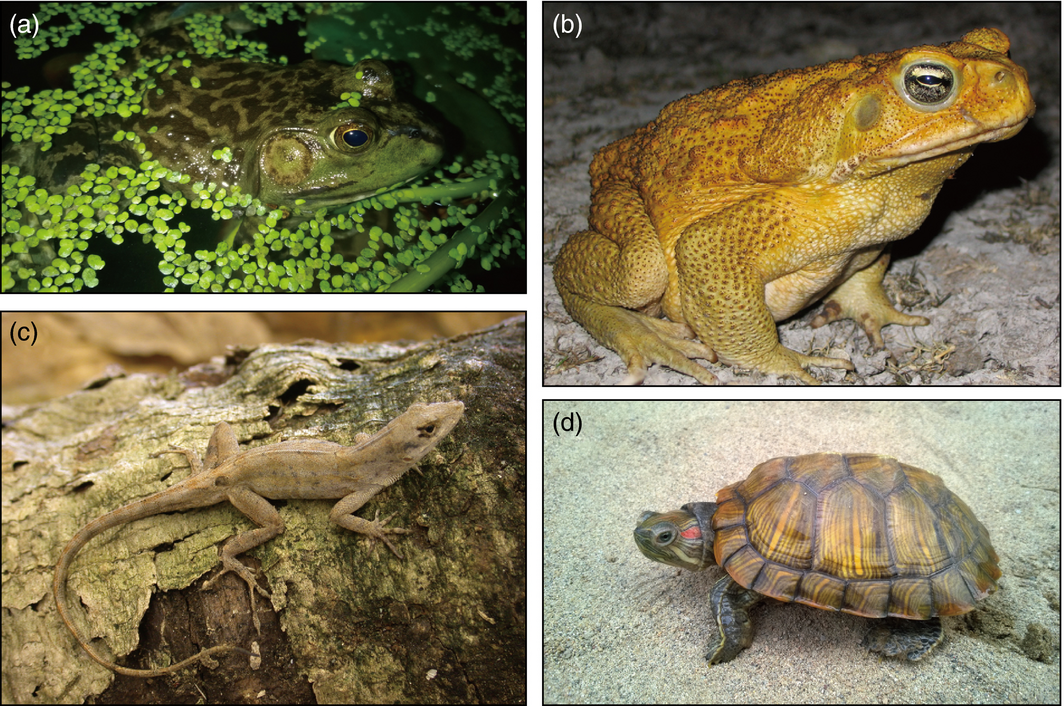
Biodiversity hotspots are also hotspots of invasion
By Xianping Li, of the Key Laboratory of Animal Ecology and Conservation Biology within the Institute of Zoology at the Chinese Academy of Sciences in Beijing, China, as well as the University of Chinese Academy of Sciences in Beijing, China. Li and colleagues’ Research Communications paper “Risk of biological invasions is concentrated in biodiversity hotspots” appeared in the October 2016…
